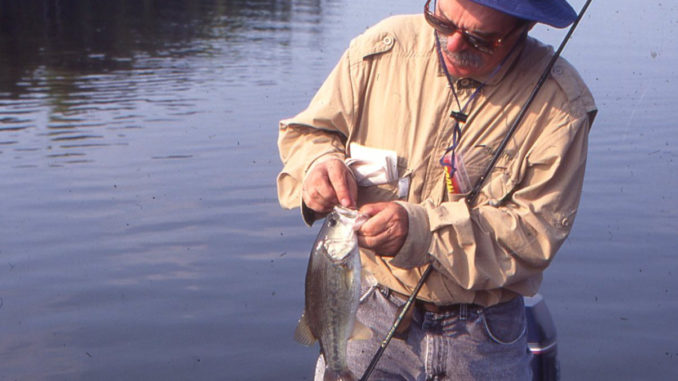
Man-made rock reefs have given Lake Norman anglers new deepwater targets.
At 32,510 surface acres, Lake Norman is the largest impoundment entirely within North Carolina’s borders. Before it was impounded in 1963 the lake floor was cleared, eliminating a lot of potential cover for fish. But a handful of years ago, somebody thought to ask, if artificial reefs provide habitat and attract fish in saltwater, how about on North Carolina’s “inland sea.”
Since 2011, six artificial reefs have been created in Lake Norman. Each reef is roughly 80 feet long and 30 feet wide, varying between 4 and 12 feet tall and containing 270 tons of rocks. The N.C. Wildlife Federation initiated the reef building and contributed most of the money, ranging from $26,000 to $32,000 for each structure. Duke Energy’s Habitat Enhancement Program also provided funds.
While some anglers consider the reefs hard to fish because they are in relatively deep water — the closest to the surface that the top of any reef reaches is 27 feet — many locals flourish fishing them. Guide Gus Gustafson and Dan Duval, a prominent fixture on Norman, both rely on the artificial reefs for success when they’re targeting various fish species.
“The good thing about rock-reef fishing is that they are magnets for bass, perch, hybrids, stripers and big cats,” Gustafson said. “Even on days when the bite is off, expect to catch a fish or two on the rocks.
Two of the reefs are on the main lake, upstream of the NC 150 bridge, one is on the main lake just outside the mouth of Little Creek and Mountain Creek, and three surround the peninsula that carries Brawley School Road from Mooresville to its terminus: one on the main lake, one at the end of the peninsula and one east of the peninsula in Reeds Creek.
“I fish rock reefs during the week, when fishing pressure is the lightest,” Gustafson said. “Mornings are good, as are cloud shrouded days. Windy days seem to make the fish more active, particularly when it blows from the south.”
Early fall is a prime time for largemouth and spotted bass on Lake Norman’s artificial rock reefs.
“The reefs attract fish year round,” Duval said “I check out any reefs in the area I launch my boat regardless of the weather. On most days, a light wind is helpful on all the reefs. On one of my better days on the reefs, the lake was slick as a mirror, but there was a little current. You can find if there is current by tossing out a marker buoy. If the line moves to an angle, you know you have current and what direction it is. Long casts on slick days are critical. Try topwaters and jigs dressed with grubs or marabou.”
Gustafson said anglers should take a top to bottom approach when fishing the rocks. Start casting to the highest part of the reef, then try for suspended fish, and finally, bump the bottom. Approach the rocks quietly with one eye on the water for surface-feeding activity and the other on your depth finder.
“Depending on the time of year and conditions, a variety of lures are used around rock reefs,” he said. “My go-to lure during the warmer months is a Tennessee Shad-colored Rio Rico topwater. It’s heavy for its size and casts long distances, even into the wind. Besides, its popping sound is irresistible to surface feeding bass.
“When the bass are suspended, a half-ounce Rat-L Trap in silver and black, a 5-inch Fluke in white, silver or chartreuse or a No. 5 or No. 7 fire tiger Shad Rap are all good.
“Bottom-bumping favorites are 6-inch pumpkinseed, floating worms rigged Texas style. When white perch are present, a 1/2-, 3/4- or 1-ounce Tackle Town jigging spoon with a built-in rattle works.”
Duval selects comparable lures.
“For topwaters I favor walking-style lures like Spook Juniors and Puppy Spooks. It’s not hard to figure out when to throw your favorite topwater when you can see them feeding on top.”
For suspending fish, Duval said, “I use countdown Rapalas, black and white, shad colored jerkbaits and white marabou ice flies and jigs.
“On the bottom, I use Carolina-rigged lizards, 4- to 6-inch shaky head rigs and football jig heads with big worms, 10- to 12-inch. My favorite colors are green pumpkin and black.” Spinnerbaits slow-rolled just above the rocks are also good choices.”
Gustafson uses a variety of spinning and baitcasting outfits when fishing around the rock reefs: 6 1/2- to 7-foot light spinning outfits loaded with 10-pound monofilament or 6 1/2-foot baitcasters loaded with 17-pound mono.
Duval likes 8- to 12-pound braid and fluorocarbon,
“The reefs are in deep, open water and the light line gives better feel and control,” he said. “I use this combination because it provides distance, accuracy and then distance with accuracy.”
DESTINATION INFORMATION
HOW TO GET THERE — Lake Norman is approximately 30 minutes northwest of Charlotte. I-77 parallels the lake on the east and US 16 parallels it on the west. NC 150 crosses east to west at mid-lake with the Pinnacle Access Area just east of the bridge and the McCrary Creek access a few miles east. Brawley School Road runs north-south just west of I-77 and features the Hager Creek Access. On the west side of the lake, Little Creek Access near Denver is off Webb’s Chapel Road, and on the south end, Blythe Landing and Ramsey Creek accesses are off NC 73.
BEST TECHNIQUES — Fish rock piles from top to bottom with a variety of baits, from topwaters to Flukes and Rat-L-Traps, to Carolina- and Texas-rigged worms, jigging spoons and football jigs.
FISHING INFO/GUIDES — Gus Gustafson, Lake Norman Ventures, 704-617-6812, www.fishingwithgus.com. See also Guides and Charters in Classifieds.
ACCOMMODATIONS — Visit Lake Norman, 704-987-3300, www.visitlakenorman.org.
MAPS — Kingfisher Maps, 800-326-0257, www.kfmaps.com; Duke Energy, www.duke-energy.com/pdfs/norman.pdf.

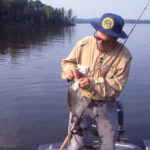
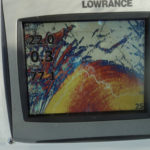
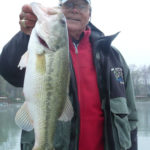

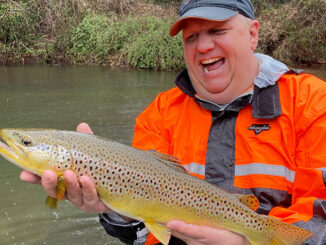

Be the first to comment